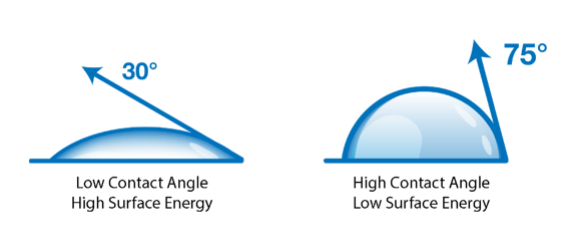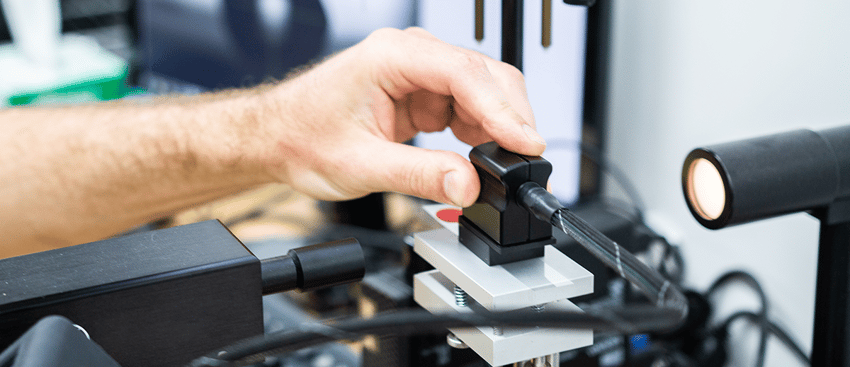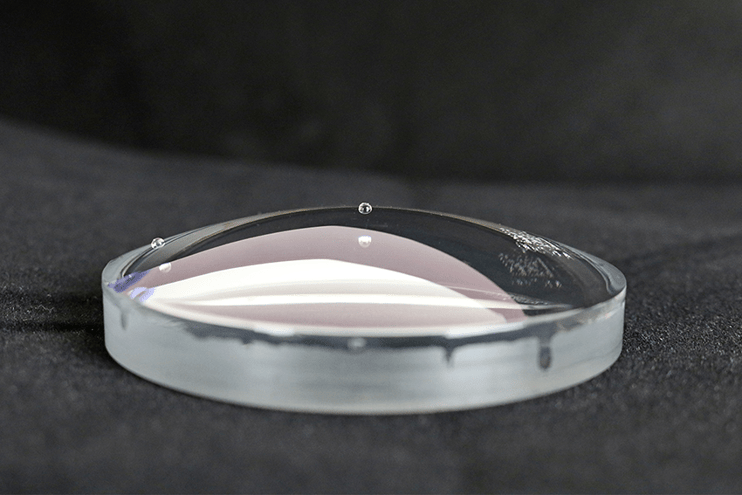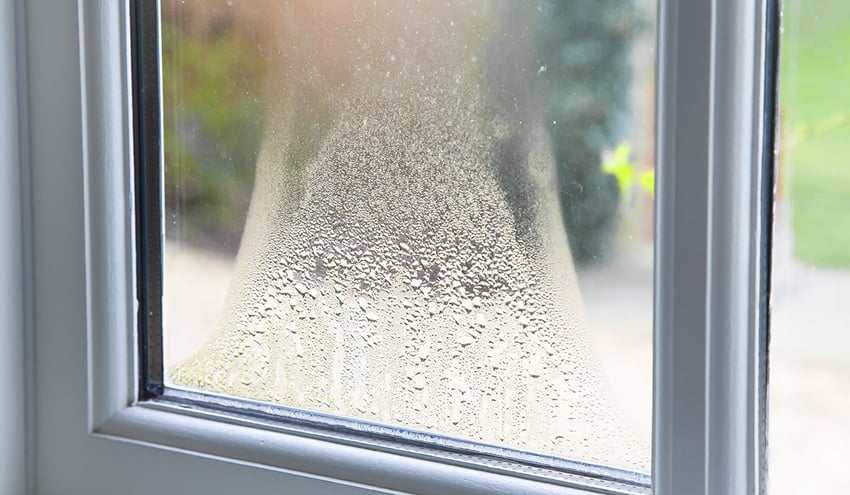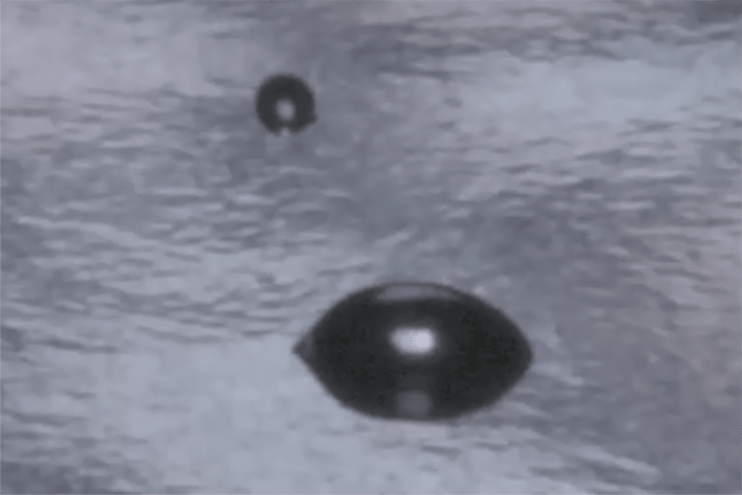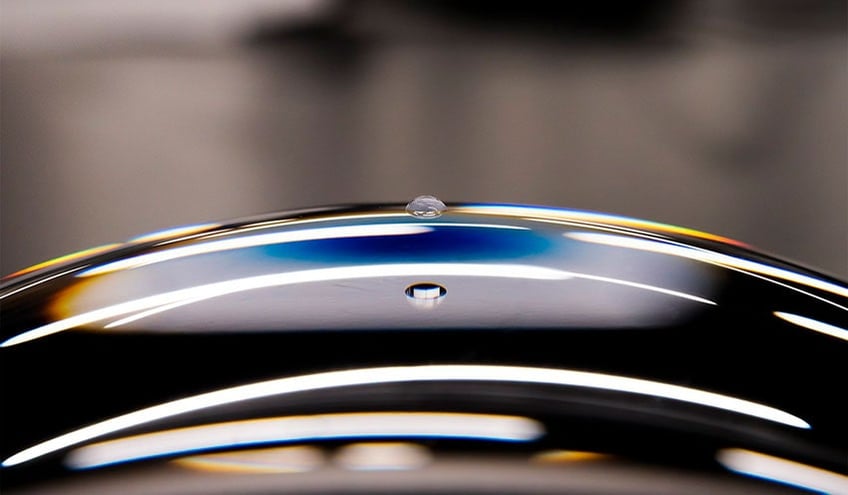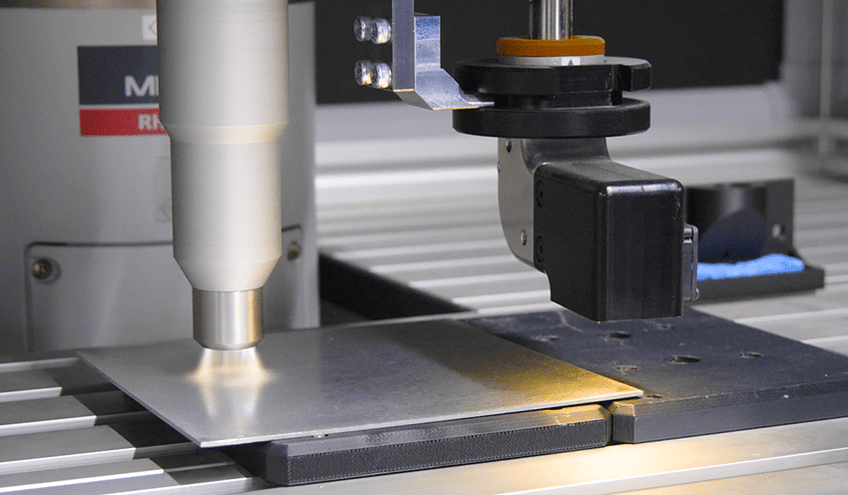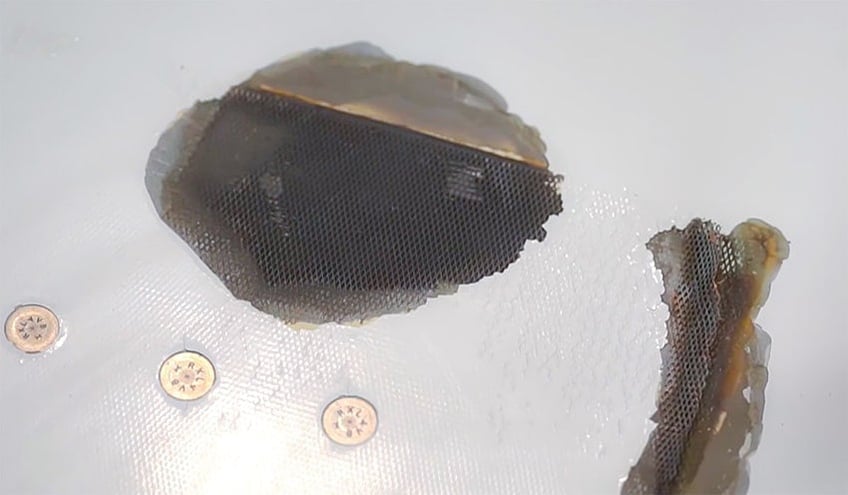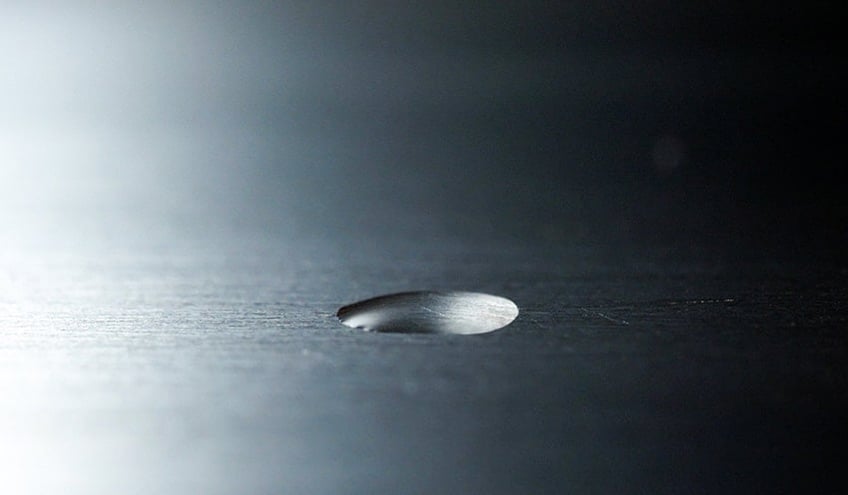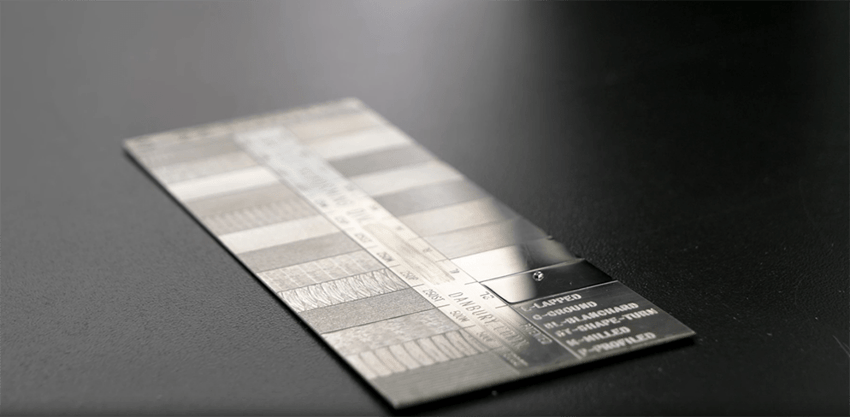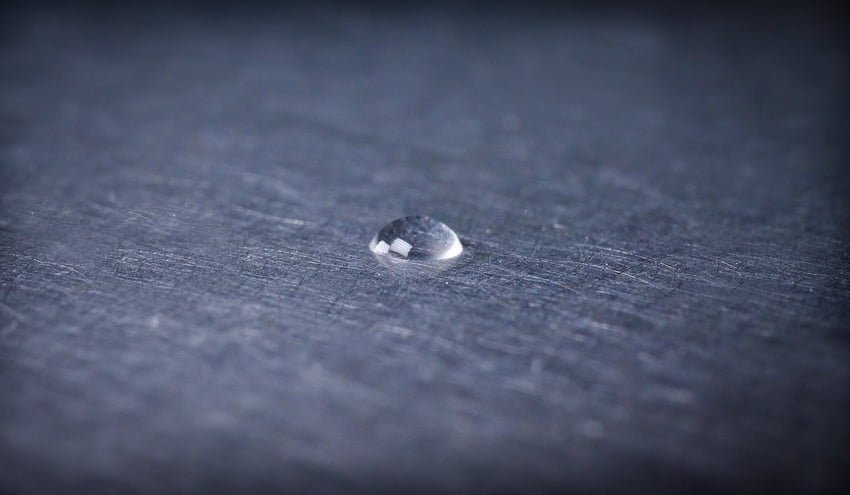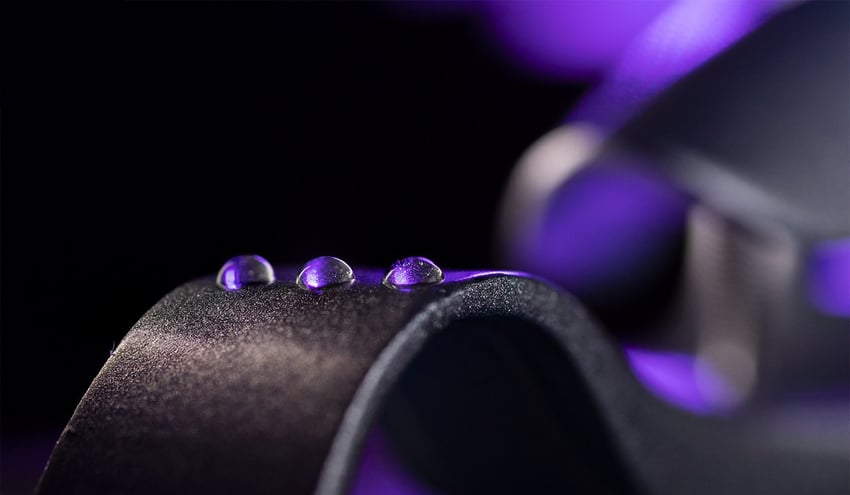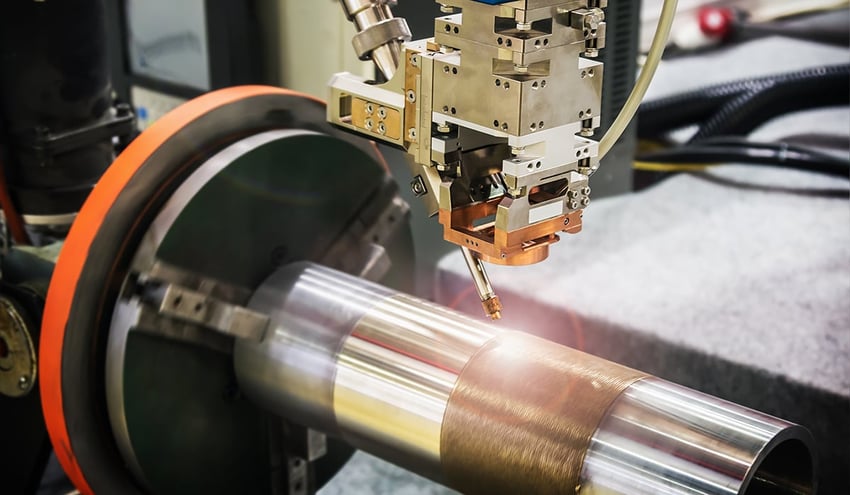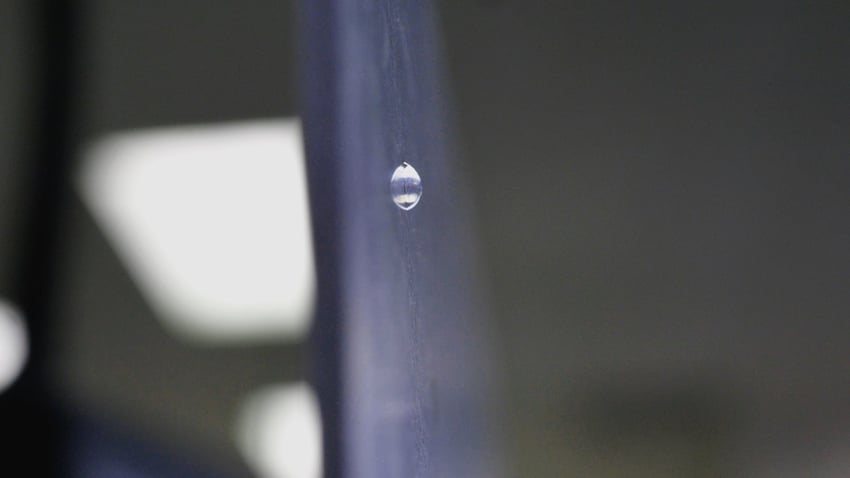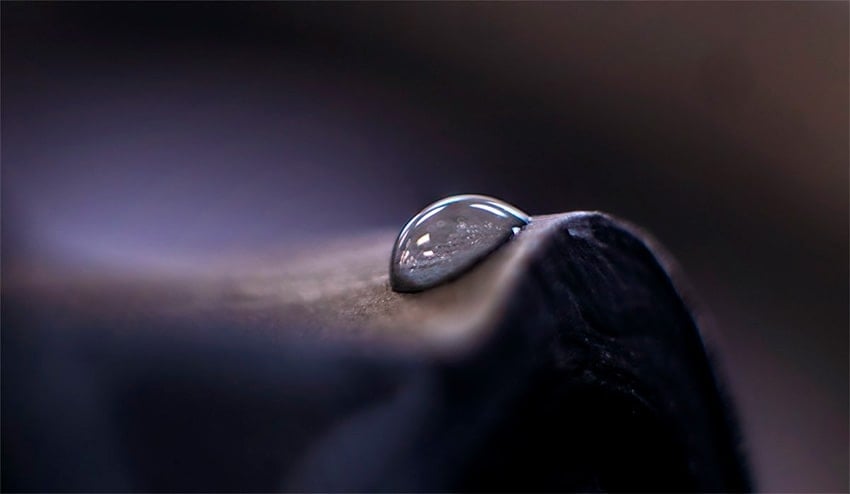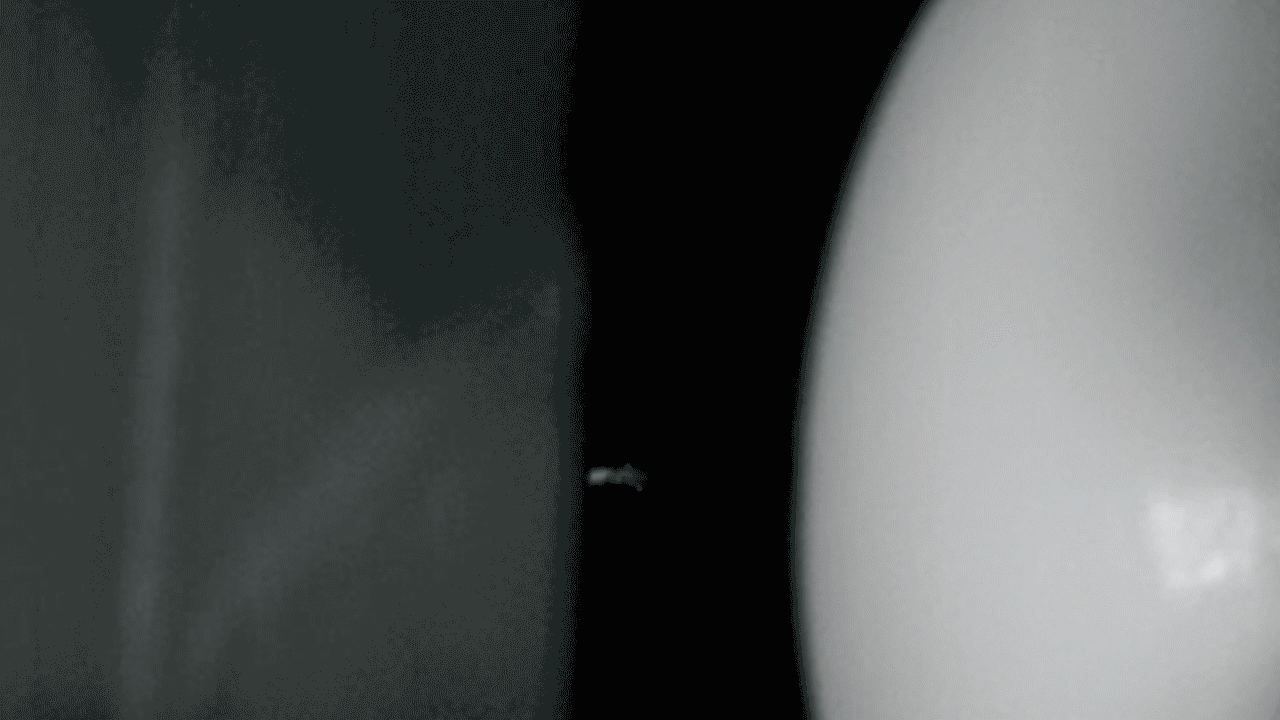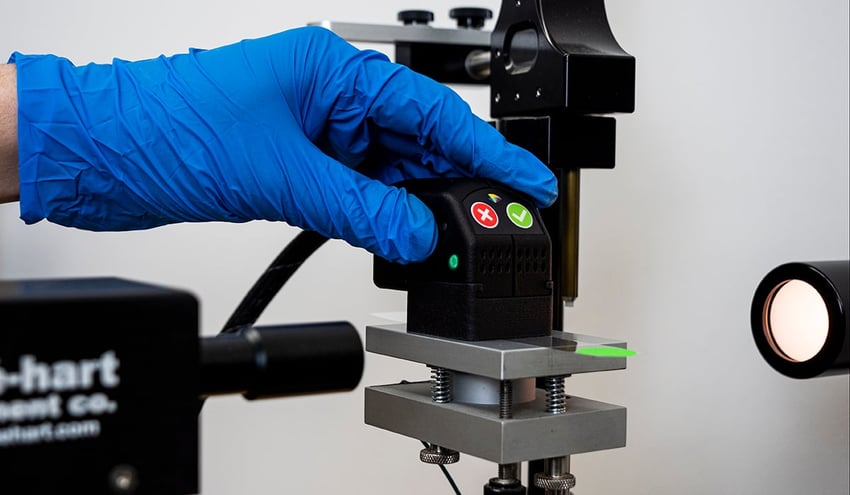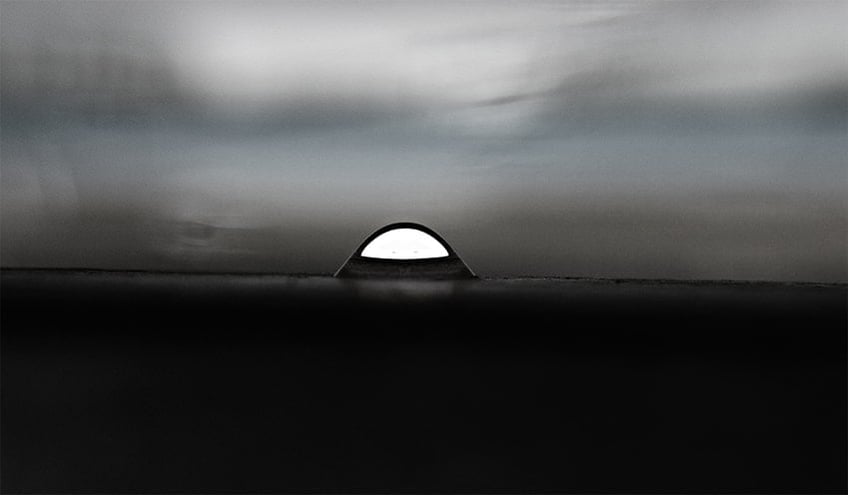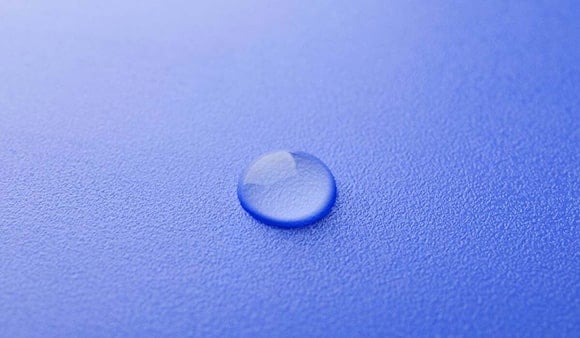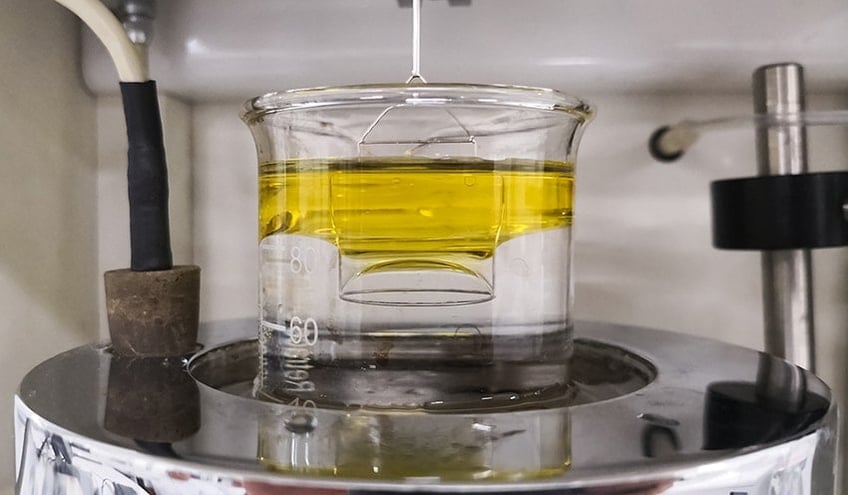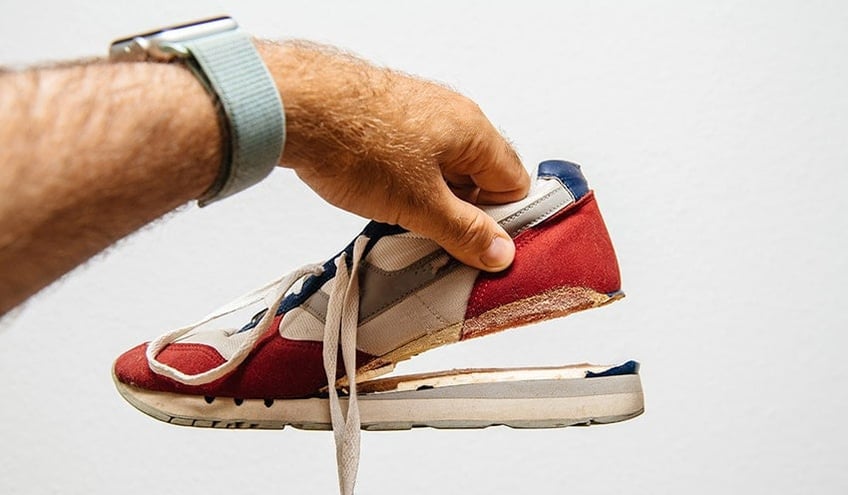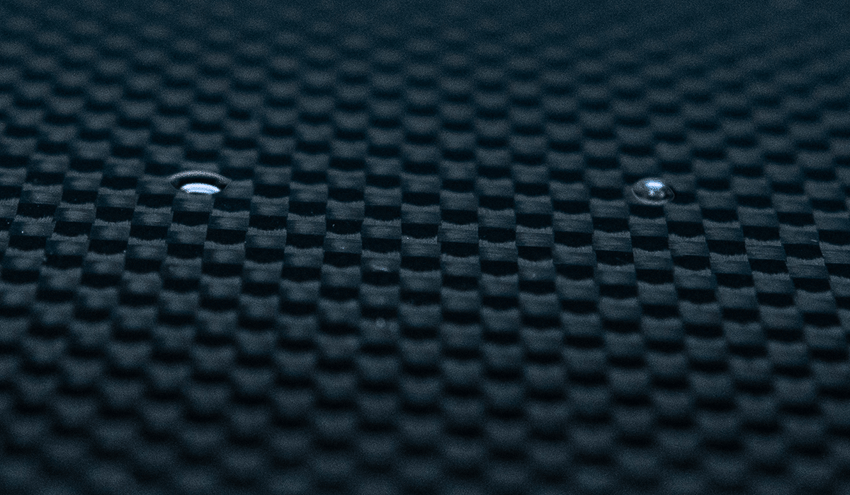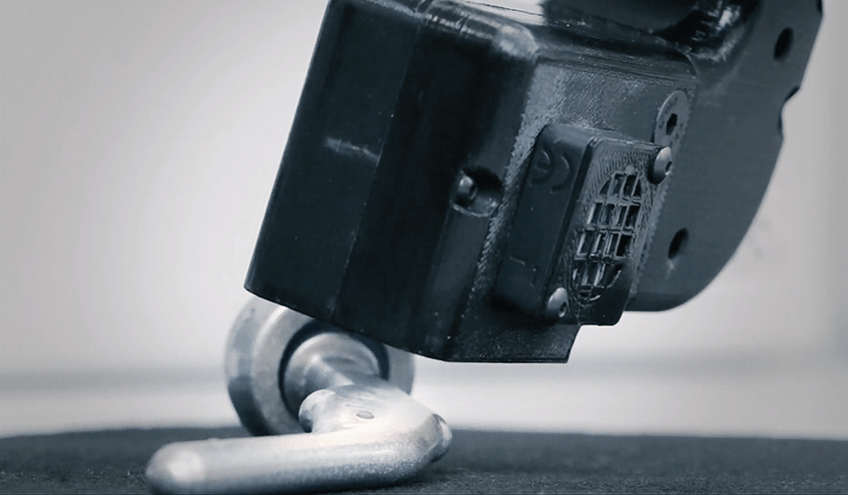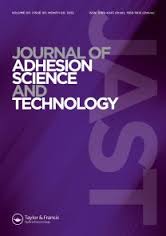 In an article published in the Journal of Adhesion Science and Technology, "Water Contact Angle as a Quantitative Measure of Total Polyethylene Surface Energy" Materials Scientists from Brighton Science (formerly BTG Labs) explain the validity of water contact angle as a measurement for total surface energy.
In an article published in the Journal of Adhesion Science and Technology, "Water Contact Angle as a Quantitative Measure of Total Polyethylene Surface Energy" Materials Scientists from Brighton Science (formerly BTG Labs) explain the validity of water contact angle as a measurement for total surface energy.
In this article, polyethylene surfaces were plasma-treated to different levels. Contact angle measurements of 5 liquids were then taken on differently treated pieces and in different areas of those pieces.
A trend arose. While the water contact angle (sensitive to the polar component) decreased as surface energy increased, the dispersive (non-polar) component remained the same. Surface treatment did not affect the non-polar component. Thus, because the non-polar component remains constant and unaffected by surface treatments, the polar component–measured by contact angle–may serve as a quantitative measurement of total surface energy.
Read the full article for an in-depth description of the oxidized polyethylene experiment and the data on quantitatively measuring surface energy with water contact angle.
To learn more about the best way to measure surface quality in manufacturing, read this eBook "What is Contact Angle? Bridging the Gap: How Contact Angle Insights Drive Manufacturing & Supply Chain Insights."

